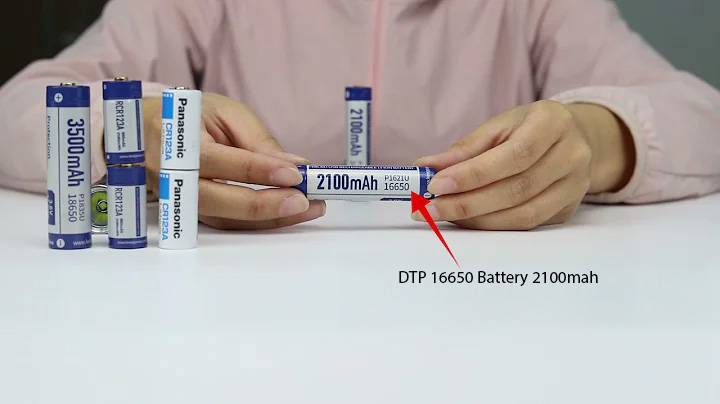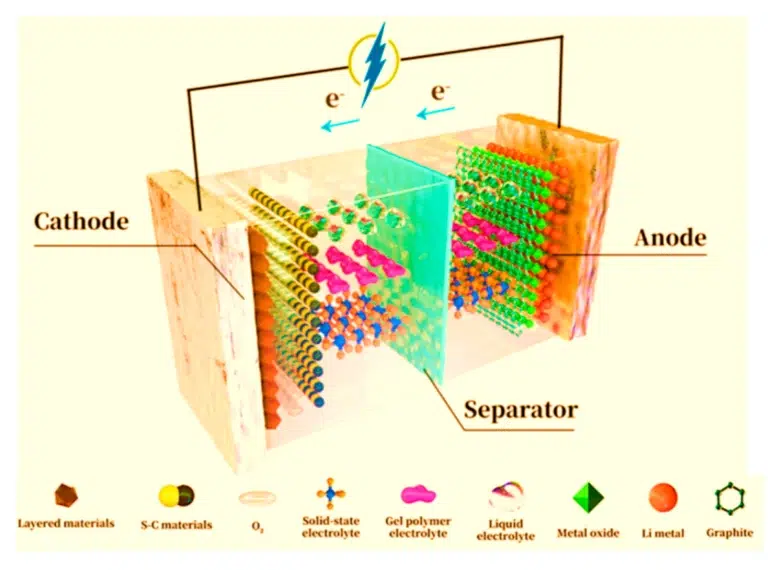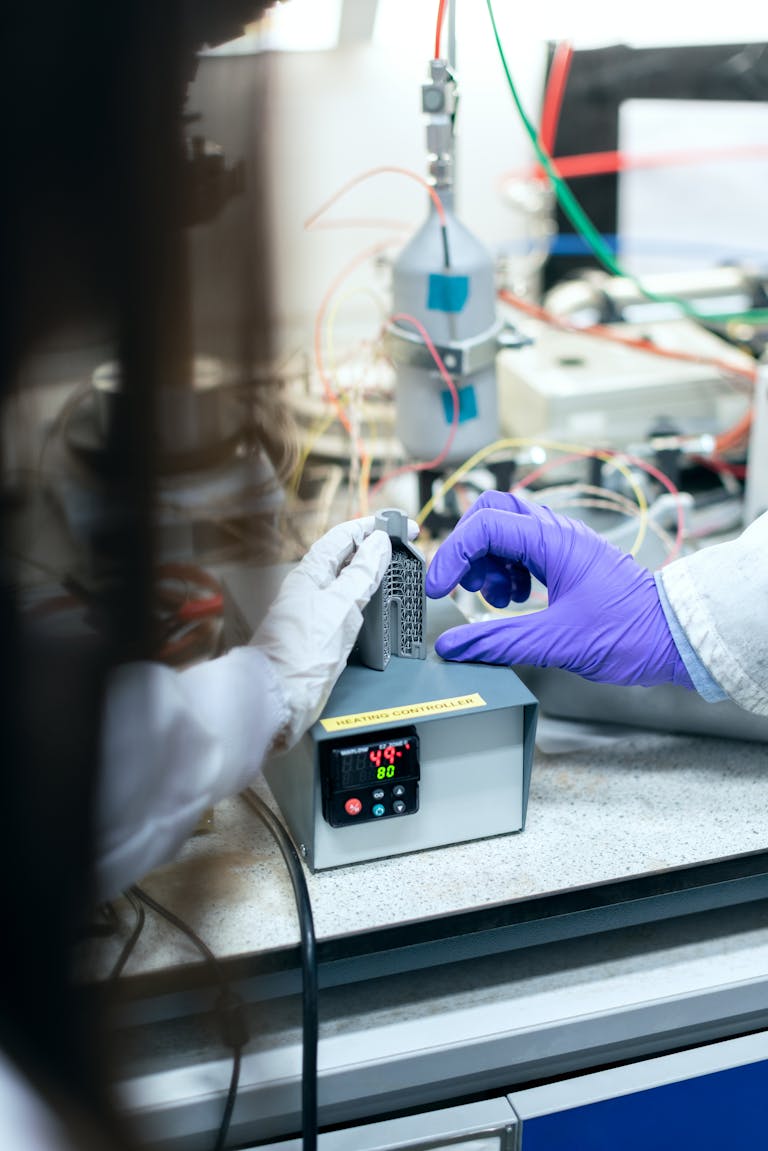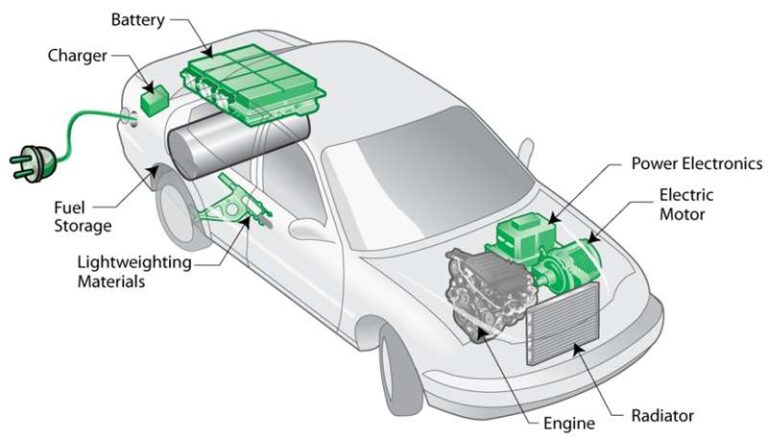We’ve all been there: staring at a smartphone, drone, or electric bike, wondering why its battery life fizzles out so fast—or worse, why it occasionally puffs up like a tiny angry pillow. Behind these everyday frustrations lies a battle of battery titans: lithium-ion (Li-ion) vs. lithium-polymer (LiPo). Let’s break down how these power sources differ, why they matter, and what’s next in this electrifying tech race.
What’s Inside the Battery? Let’s Start With Chemistry
Both Li-ion and LiPo batteries rely on lithium ions shuttling between electrodes to store and release energy. But their structure and materials are where things get spicy.
-
Lithium-Ion (Li-ion):
These use a liquid electrolyte (think: conductive soup) to ferry ions between a graphite anode and a metal oxide cathode. They’re the workhorses behind your laptop, Tesla Model 3, and most power tools. Their rigid, cylindrical or prismatic design makes them durable but limits shape flexibility. -
Lithium-Polymer (LiPo):
Swapping the liquid electrolyte for a solid or gel-like polymer (hence the name), LiPo batteries can be molded into thinner, lighter, and even flexible shapes. This makes them ideal for sleek gadgets like smartphones, drones, and wearables.
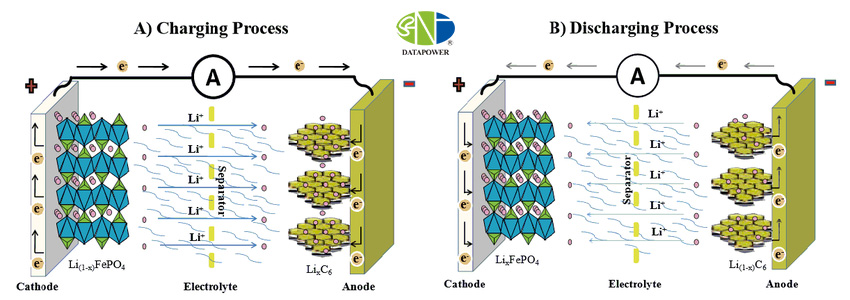
Key Comparisons: Li-ion vs. LiPo
Let’s pit these two against each other in a no-holds-barred comparison table:
| Feature | Lithium-Ion | Lithium-Polymer |
|---|---|---|
| Energy Density | High (~250 Wh/kg) | Slightly lower (~200 Wh/kg) |
| Shape Flexibility | Rigid (cylindrical/prismatic) | Flexible (ultra-thin, custom shapes) |
| Weight | Heavier | Lighter |
| Safety | Risk of leakage/thermal runaway | Less leakage risk, but can swell |
| Lifespan | 500–1,000 cycles | 300–500 cycles |
| Cost | Cheaper (mature tech) | More expensive (niche manufacturing) |
Sources: Energy.gov | Battery University
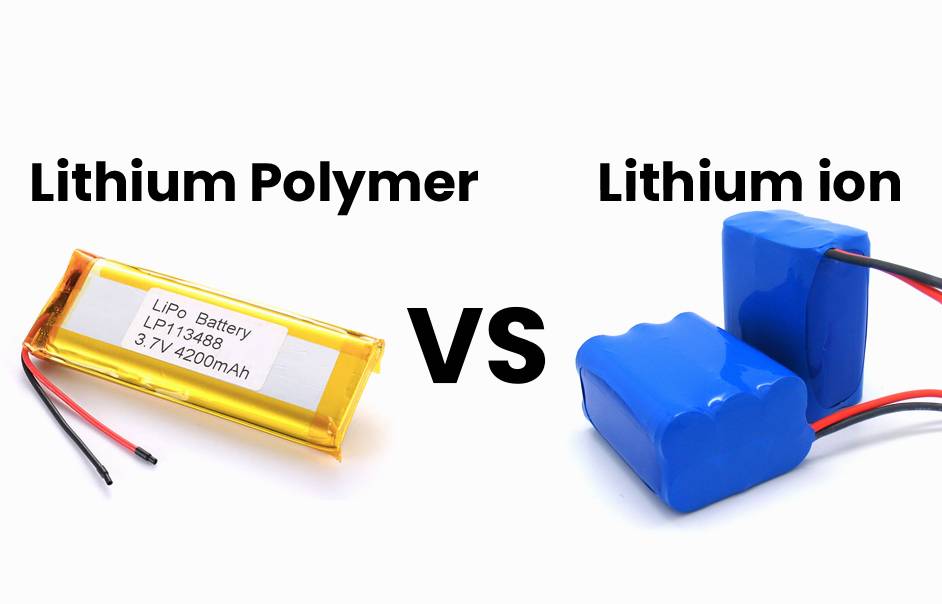
Why Does This Matter to You?
Your Gadgets’ Shape and Weight LiPo’s flexibility has revolutionized design. Ever wondered how your fitness tracker bends snugly around your wrist? Thank the polymer. Meanwhile, Li-ion’s heftier build powers devices where space isn’t a premium, like electric cars.
Safety Trade-Offs LiPo’s gel electrolyte reduces leakage risks, but its pouch packaging can swell due to gas buildup (that “puffy battery” phenomenon). Li-ion, while stable in quality cells, can overheat catastrophically if damaged—a reason airlines strictly regulate their transport.
Cost vs. Performance Li-ion dominates the market because it’s cheaper and longer-lasting. But for cutting-edge wearables or drones like the DJI Mavic 3, manufacturers swallow the higher LiPo cost for sleeker designs.
- Research the specific chemical compositions and material science behind Lithium Polymer (LiPo) and Lithium-ion (Li-ion) batteries, focusing on the differences in their electrolytes and electrode materials.
- Investigate the manufacturing processes for both LiPo and Li-ion batteries, including the steps involved in producing their respective components and assembling the final battery cells.
- Explore the current research and development efforts aimed at improving the energy density, lifespan, and charging speed of both LiPo and Li-ion battery technologies.
- Analyze the safety mechanisms incorporated into both LiPo and Li-ion batteries to prevent issues like swelling, leakage, and thermal runaway, and research ongoing efforts to enhance their safety.
- Compare and contrast the performance characteristics of LiPo and Li-ion batteries across various applications, including power output, discharge rates, and temperature sensitivity.
- Investigate the cost factors associated with the production of both LiPo and Li-ion batteries, including raw material costs, manufacturing complexity, and economies of scale.|
- Research the environmental impact of both LiPo and Li-ion batteries throughout their lifecycle, from raw material extraction to disposal and recycling.
- Explore emerging trends and future directions in battery technology that could potentially replace or significantly improve upon current LiPo and Li-ion technologies.
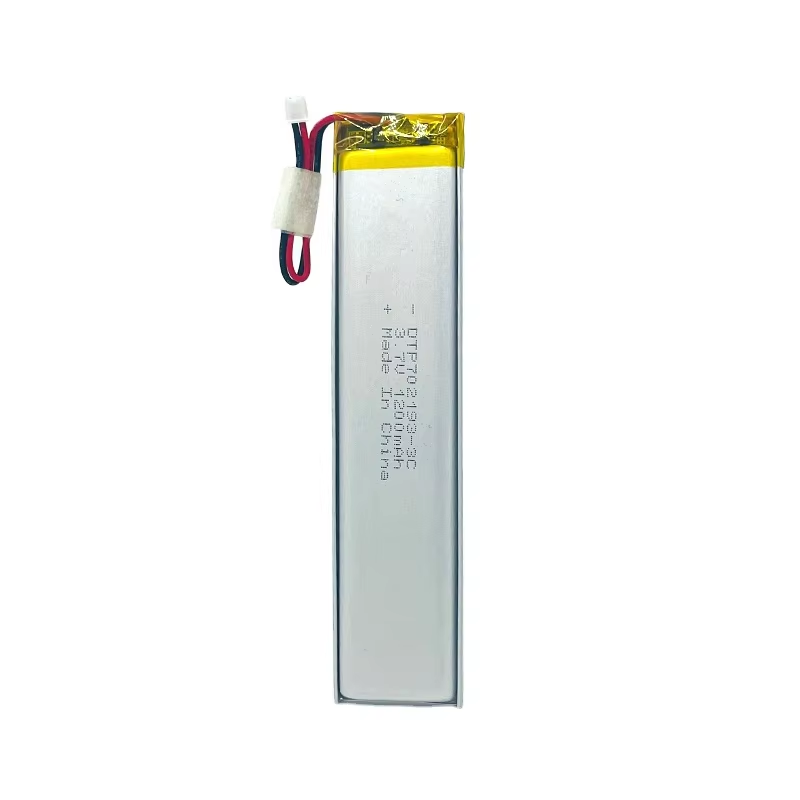
The Latest Buzz: What’s Next?
Battery tech never sleeps! Here’s what’s shaking up the industry:
-
Solid-State Batteries: Ditch liquid electrolytes entirely for solid materials, promising higher energy density and safer operation. Companies like QuantumScape aim to blend Li-ion and LiPo strengths.
-
Flexible LiPo Innovations: Researchers are developing stretchable LiPo batteries for medical implants and foldable phones. Imagine a smartphone that bends like a book!
-
Sustainability Push: Both battery types face recycling challenges, but startups like Redwood Materials are pioneering ways to reclaim lithium and cobalt.
Which Battery Should You Choose?
It’s all about your priorities:
-
Define Lithium-Ion and Lithium-Polymer batteries, outlining their fundamental differences in composition and construction.
-
Compare the energy density of Lithium-Ion and Lithium-Polymer batteries.
-
Investigate the safety characteristics of both battery types, including their susceptibility to thermal runaway and potential safety measures.
-
Analyze the lifespan and cycle life of Lithium-Ion and Lithium-Polymer batteries under typical usage conditions.
-
Compare the manufacturing costs and overall price points of Lithium-Ion and Lithium-Polymer batteries.
-
Identify common applications for both Lithium-Ion and Lithium-Polymer batteries, highlighting the reasons for their use in specific devices or industries.
-
Examine the flexibility in terms of shape and size offered by Lithium-Ion and Lithium-Polymer batteries.
-
Research the typical charging characteristics and any specific charging requirements for each battery type.

